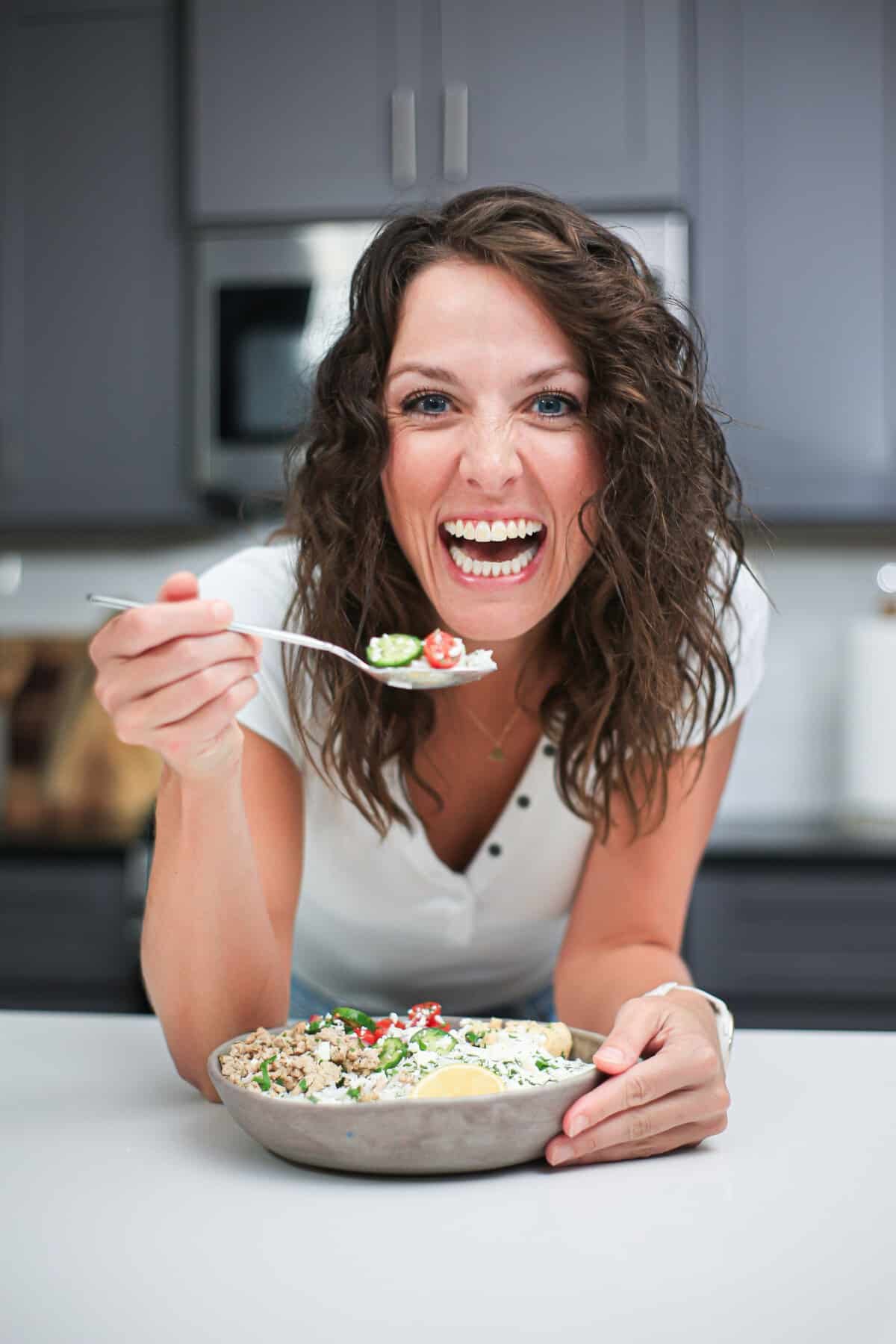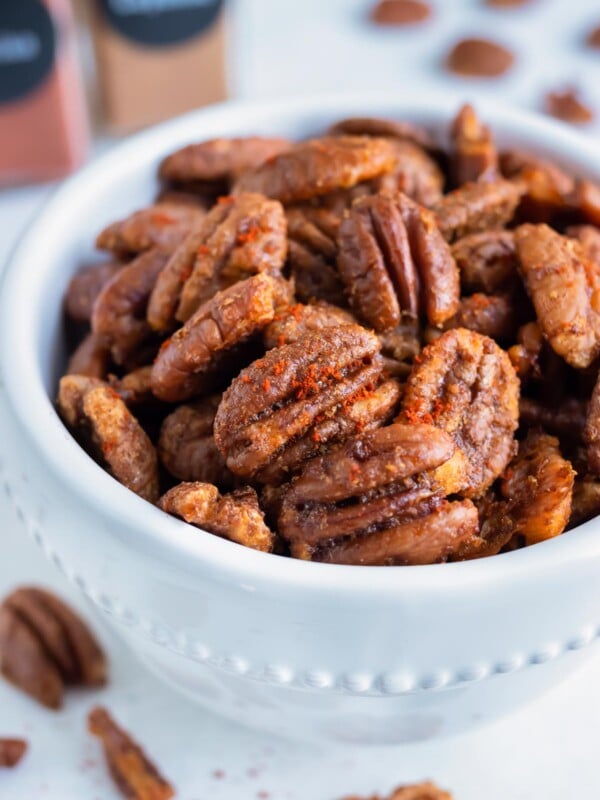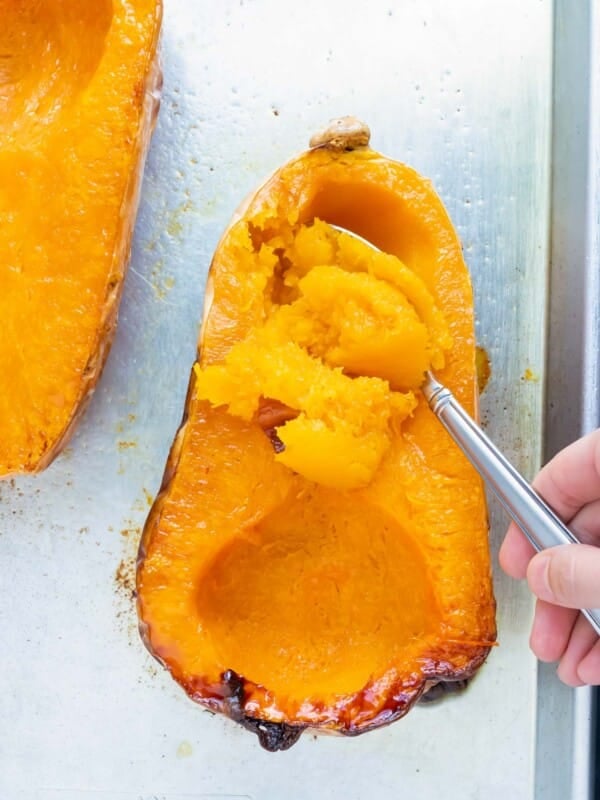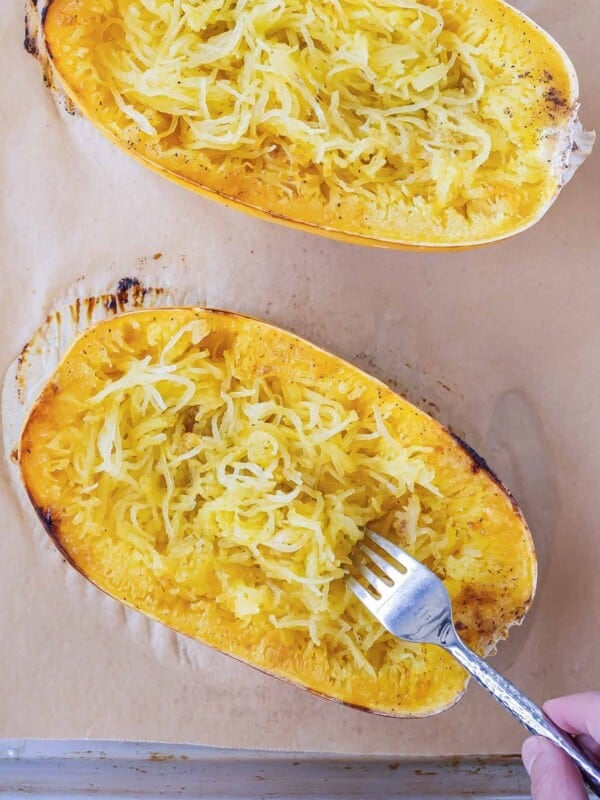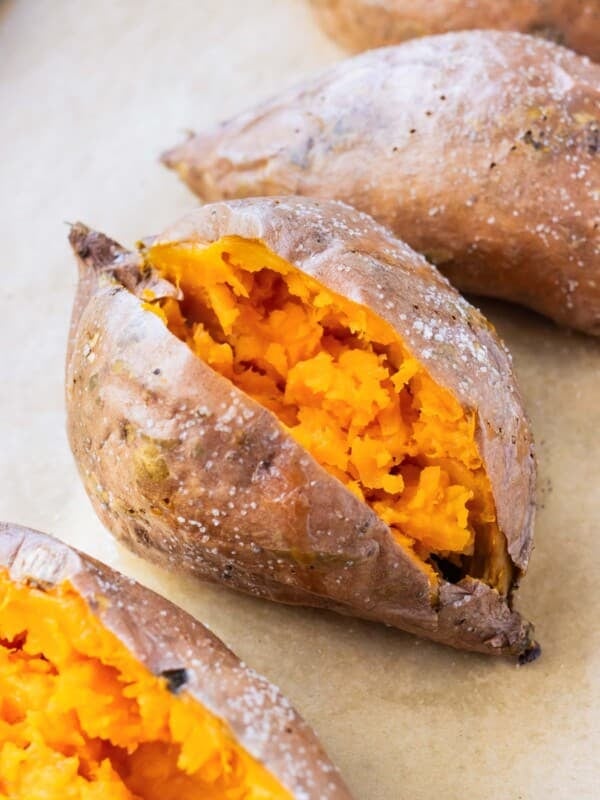What temperature is chicken done and why does the internal temperature of chicken matter? Whether you have a meat thermometer or not, there are several methods for making sure chicken is at an edible, safe temperature. Check out recipes and how-to’s for all things chicken, and you’ll be set for your next BBQ or week night dinner!
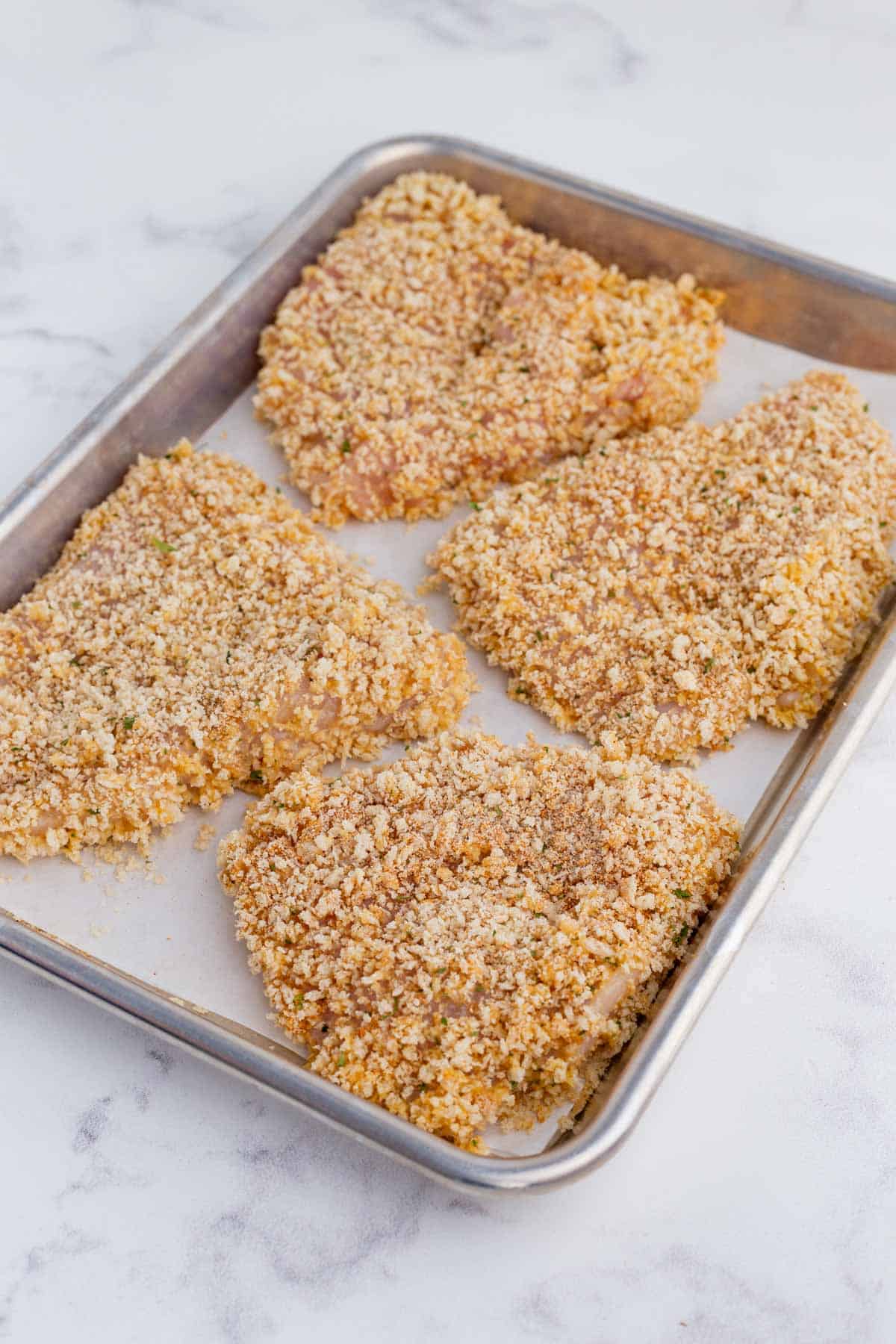
Calculating Chicken Temperatures
Calculating chicken temperatures might be intimidating at first, but it’s so important and easy to learn these food safety tips. To avoid food poisoning, read on for guidelines that will ensure an accurate reading for both dark and light meat. You’ll get a juicy result every time!
Why is it important to know the internal temperature of chicken?
Knowing the recommended internal temperature for all chicken parts prevents foodborne bacteria that can cause health concerns and illnesses. The recommended internal temperature for chicken is 165°F. This temperature is high enough to kill salmonella while still keeping your chicken juicy.
However, the internal temperature can differ depending on the chicken part. For darker meat, it is recommended that you cook it to 175°F for optimal taste and texture.
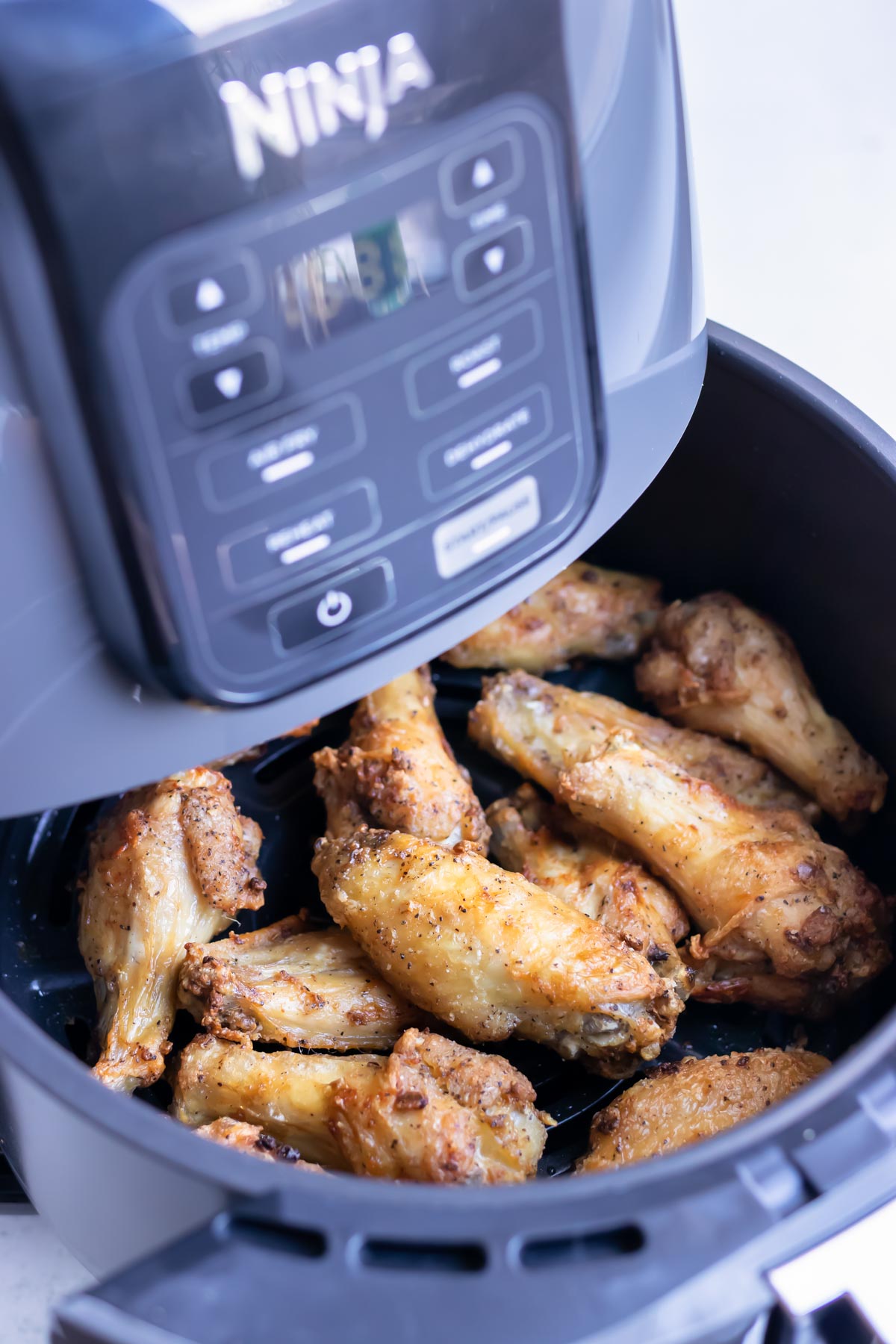
What is the best way to measure cooked chicken?
The easiest way to measure temperature in cooked chicken is to use a digital instant-read thermometers. To prevent any pink color, follow these steps to properly check your chicken:
- Insert the food thermometer in the the thickest part of the chicken.
- Make sure the thermometer does not touch the pan, or that it’s not in a fat pocket or hitting a bone.
- Let the digital thermometer sit for 30 seconds to reach a consistent temperature.
- Once you’ve read your internal temperature, slightly pull the thermometer ¼ inch back to read a new temperature after another 30 seconds.
If both temperatures match, your chicken is evenly cooked. If they do not match, cook your chicken a tad bit longer to ensure an even doneness.
How to check the internal temperature of chicken without a thermometer?
If you do not have access to a meat thermometer, check for doneness by seeing if the juice runs clear. An easy way is to simply pierce a thick part of your chicken with a sharp knife and check the color of the juice that comes out. If it’s pink, you’ll need to cook it longer.
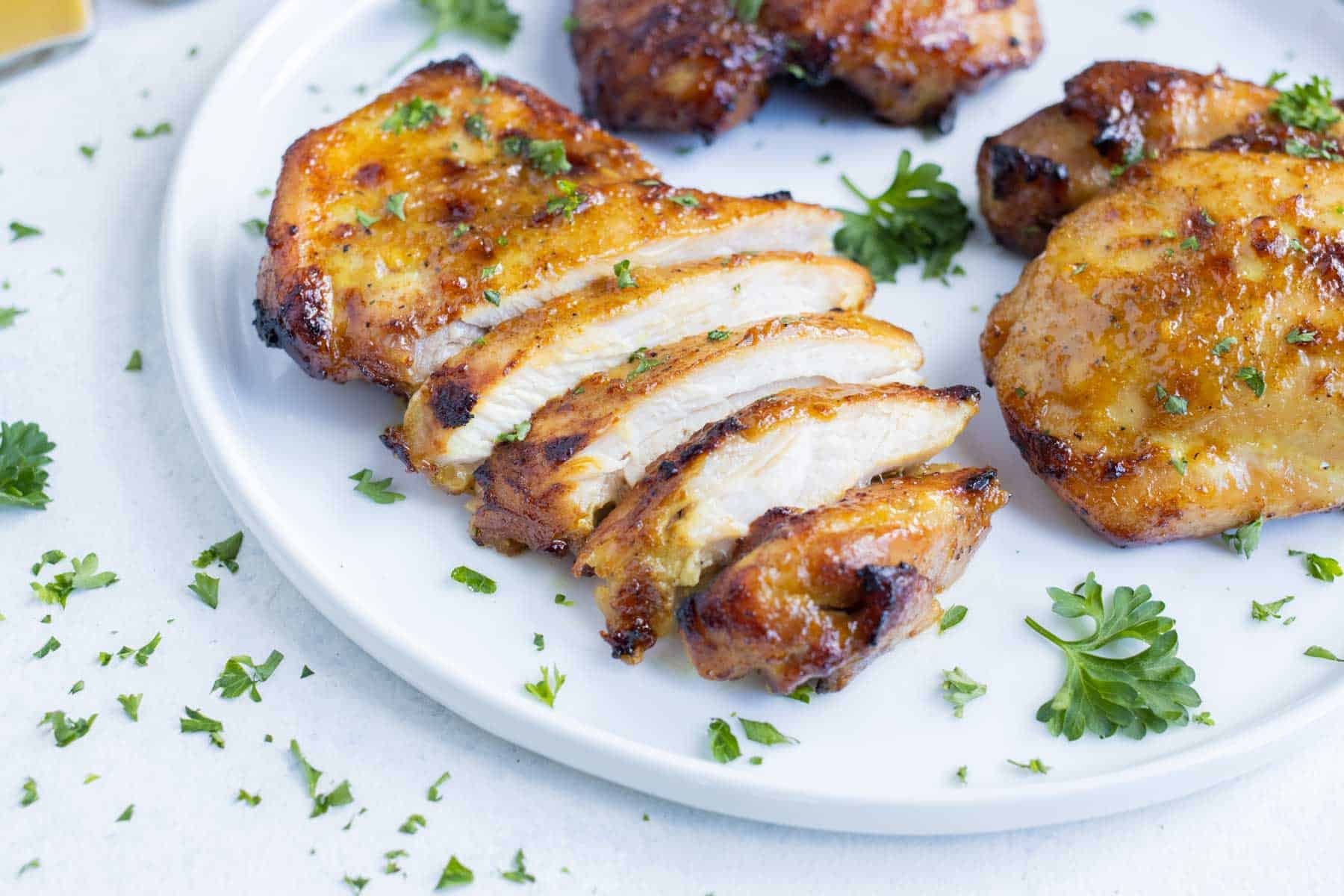
What is the difference between white meat and dark meat?
The difference between white meat and dark meat is the quantity of connective tissue. Dark meat has more connective tissue, causing it to be chewy if you don’t let it reach the higher internal temperature of 175°F. But with white meat, 165°F is the recommended temperature since it doesn’t have as much connective tissue.
Chicken Doneness Guide
Whether you’re cooking chicken wings or the whole bird, refer to this guide to know the different temperatures for each cut of chicken.
| Chicken Part | Temperature |
| Chicken Breast | 165°F |
| Chicken Thigh | 175° – 190°F |
| Chicken Wing* | 175°F |
| Whole Chicken** | 165°F & 175°F |
Remember, when your chicken rests after being on your preferred heat source, it is still cooking. Being within 5°F of the correct temperature is safe as long as you let your chicken rest for at least 15 minutes.
*Because you have a lesser amount of meat, cook wings to a higher temperature.
**Since the whole chicken has both white and dark meats, you’ll have to measure in two separate places: the breast (165°) and the thigh (175°).
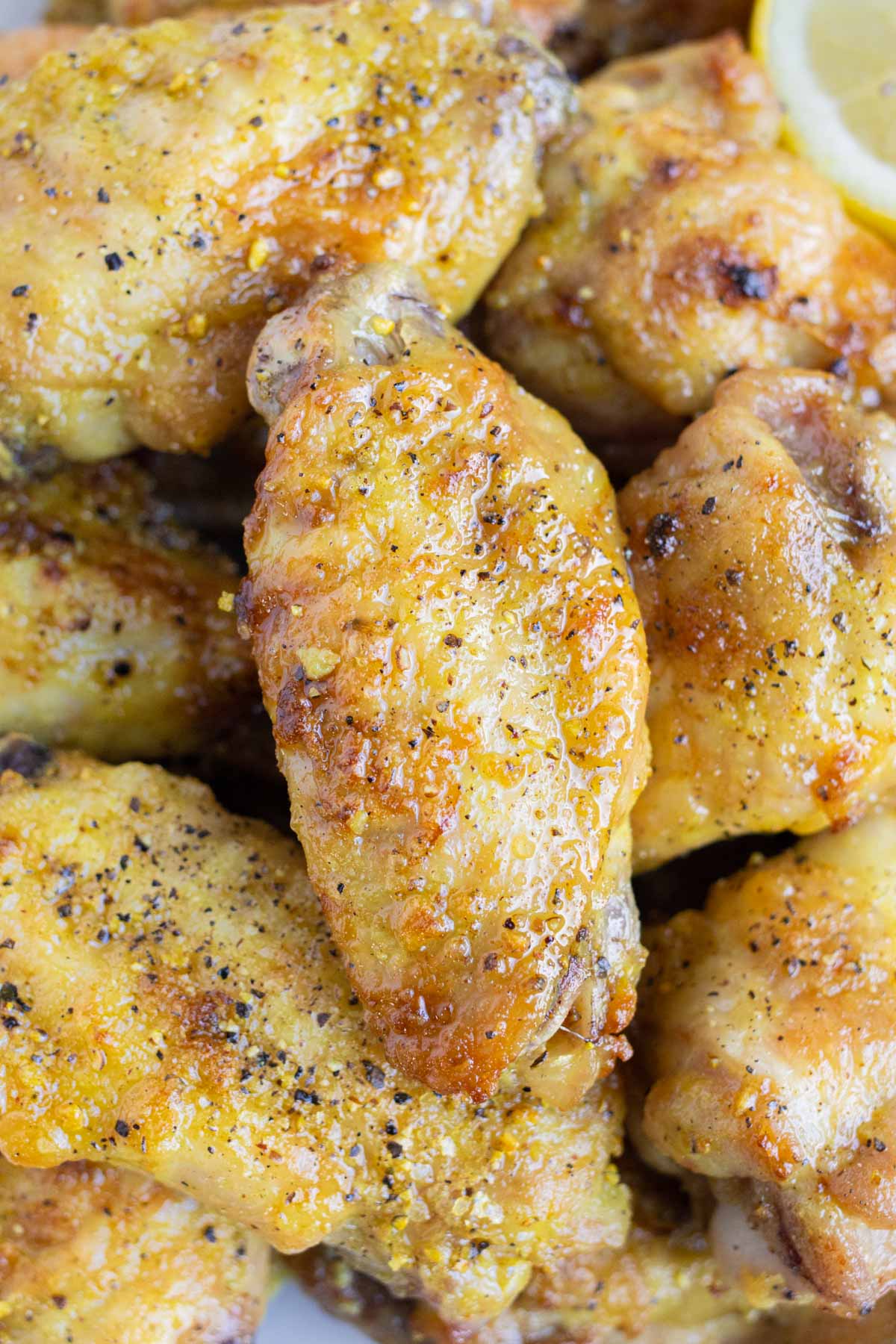
Cooked Chicken FAQs
Cut into the thickest part of the chicken. The color should be firm, white, and opaque with the juices running clear.
The best thermometer over on Amazon: Instant-Read Digital Thermometer.
No, however you cook chicken in the oven, pan, grill, or deep-frying, the internal temperature should ALWAYS be 165°-175°F.
It’s recommended to let your chicken reach an internal temperature of 165° before eating to kill harmful bacteria.
No, do not eat chicken that is pink if it has not reached 165°F. Chicken is nothing like the doneness levels of steak.
No, steak is completely different because it’s red meat, so check out this Steak Temperature and Doneness Guide post for reference.
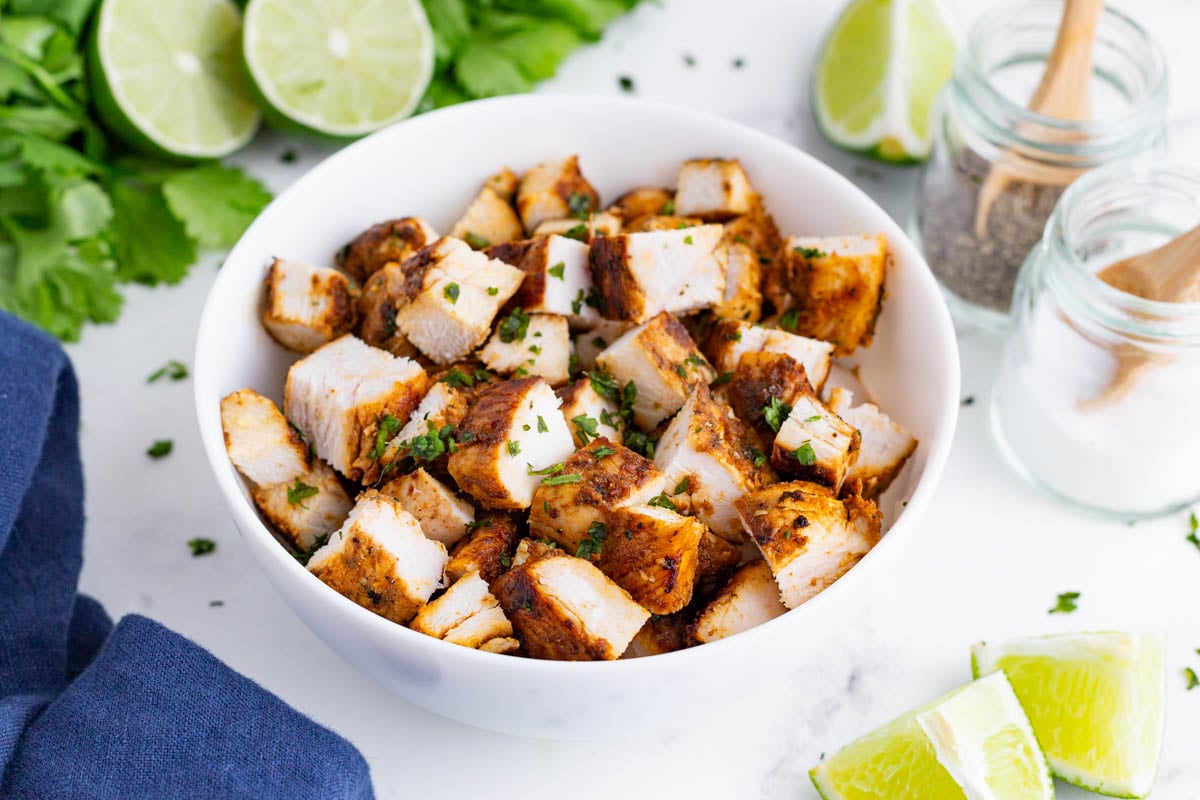
Preparing & Cooking a Chicken 101
- How to Spatchcock Chicken
- How to Thaw Chicken (Fast!)
- How to Cut Chicken Wings (Wingettes & Drumettes)
- Spatchcock Chicken Recipe

